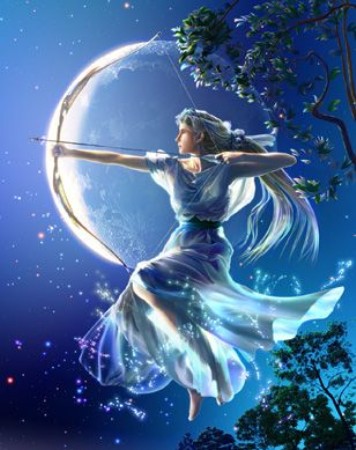Take Me To The Moon - Facts And Info About Our Nearest Neighbour
- NGSS
2.
You may optionally provide this to label your report, leaderboard, or certificate.
×
Thank you for your feedback!
















